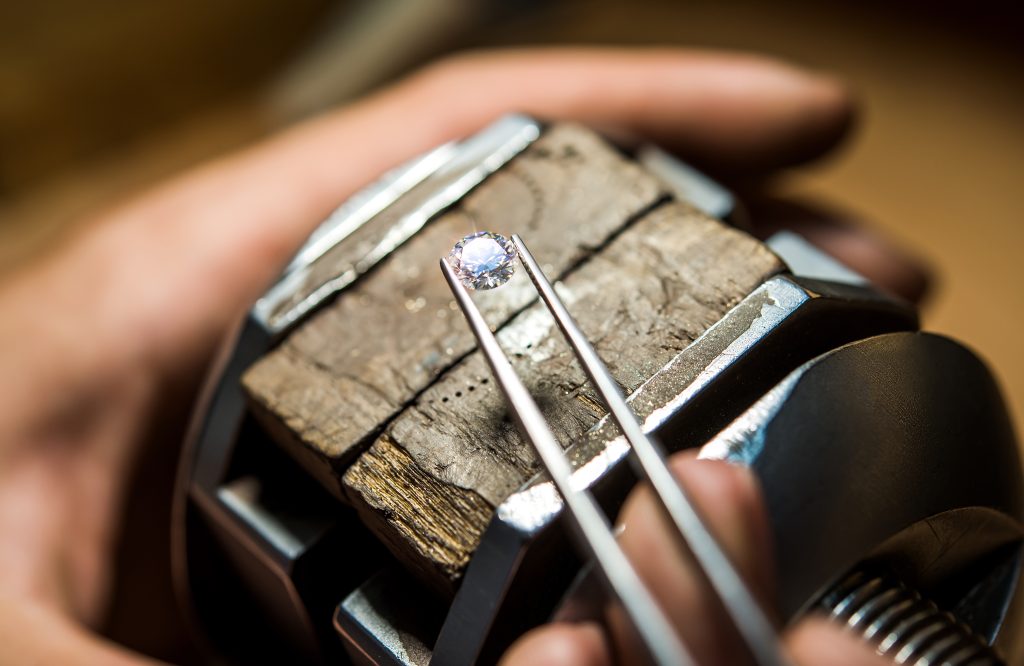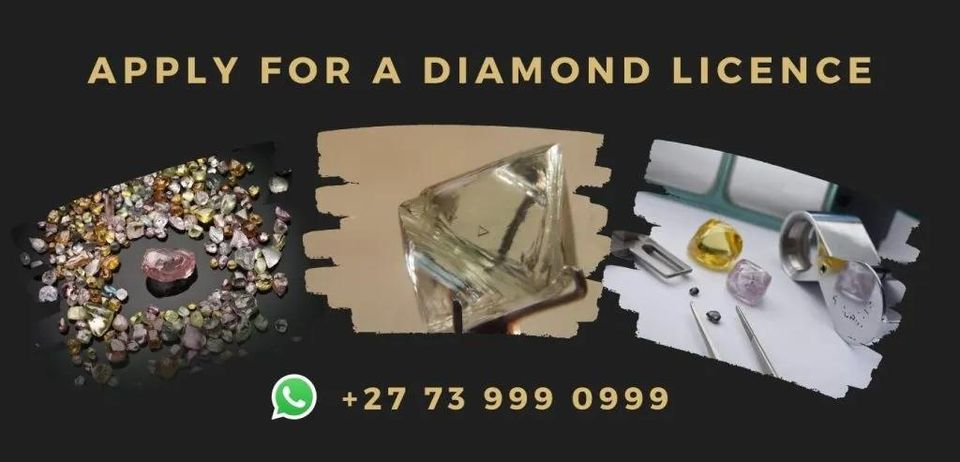101 lab-grown diamonds, a fascinating and sustainable alternative to natural diamonds. Here are 10 key points to understand about lab-grown diamonds:
- Origin: Lab-grown diamonds are created in a controlled laboratory environment, as opposed to being formed through geological processes deep within the Earth’s crust.
- Composition: Chemically, lab-grown diamonds are identical to natural diamonds. They are made of carbon atoms arranged in a crystal lattice structure.
- Growth Process: Lab-grown diamonds are created using two main methods: High Pressure-High Temperature (HPHT) and Chemical Vapor Deposition (CVD). These methods simulate the natural conditions required for diamond growth.
- Timeframe: The time required to produce a lab-grown diamond depends on its size. Smaller diamonds can be grown in a matter of weeks, while larger ones may take several months.
- Clarity and Color: Lab-grown diamonds exhibit the same range of clarities and colors as natural diamonds. They can be categorized using the industry-standard grading scales.
- Sustainability: Lab-grown diamonds have a significantly lower environmental impact compared to mining natural diamonds. They require less energy and do not contribute to deforestation or other ecological damage.
- Ethical Considerations: Because they are created in a controlled environment, lab-grown diamonds are free from the ethical concerns associated with the mining industry, such as forced labor or conflict funding.
- Price: Lab-grown diamonds are often more affordable than their natural counterparts. The pricing depends on various factors including size, quality, and market demand.
- Durability: Lab-grown diamonds are just as durable as natural diamonds and have the same hardness on the Mohs scale. They can withstand everyday wear and tear.
- Certification: Lab-grown diamonds can be certified by gemological laboratories to ensure their quality and authenticity. Certificates provide information about the diamond’s characteristics.
Keep in mind that while lab-grown diamonds offer many benefits, some individuals still prefer natural diamonds for their rarity or sentimental value. Ultimately, the choice between natural and lab-grown diamonds is a personal one based on individual preferences and values.
The question should I buy a Lab-grown diamond?, Lab-grown diamonds can be a good option for those who want a diamond that is more affordable or who are concerned about the environmental impact of mining. Lab-grown diamonds are physically, chemically, and optically identical to natural diamonds, but they are created in a lab over the course of weeks instead of taking millions of years to form in the earth’s crust. Additionally, lab-grown diamonds are often less expensive than natural diamonds of the same size and quality.
However, if the traditional value and resale aspects of natural diamonds are important to you or your partner, you may prefer to go with a natural diamond. Ultimately, the choice between a lab-grown or natural diamond is a personal one and depends on your individual priorities and preferences.
The price difference between synthetic diamonds and natural diamonds can vary depending on a number of factors, including the size, cut, clarity, color, and certification of the diamonds.
In general, synthetic diamonds tend to be less expensive than natural diamonds of comparable size and quality. However, it’s important to note that synthetic diamonds are still a relatively new market, so prices may shift as the technology for producing them improves and demand increases. Additionally, some consumers may prefer natural diamonds for their rarity and perceived value, regardless of the price difference.
I’m not sure about a specific supplier that provides lab-grown diamonds besides Evan Roberts Diamonds, but you can search for other options online. Lab-grown diamonds are becoming increasingly popular due to their ethical and sustainable sourcing, as well as their lower cost compared to traditional mined diamonds.
Some well-known companies that provide lab-grown diamonds include Brilliant Earth, Clean Origin, and MiaDonna. It’s always a good idea to do your own research and compare multiple suppliers before making a purchase.
Lab-Grown Diamonds are real Diamonds just not natural diamonds
Contrary to what you might assume, lab-grown does not mean fake. A lab-grown diamond is essentially the same thing as a natural diamond. So, buying a lab-grown diamond is preferable to purchasing a synthetic option, such as cubic zirconia.
A lab-grown diamond is chemically and physically a diamond. It is grown in a controlled environment using technology that replicates the natural diamond process. Lab-grown diamonds look the same as natural diamonds. The only difference is their origin.
Since lab-grown diamonds are essentially the same as natural diamonds, they have the same properties, such as hardness. Both lab-grown and natural diamonds rank as a 10 on the Mohs scale. That means that you can have the same peace of mind wearing a lab-grown diamond every day as you have to wear a natural diamond.
Lab-Grown Diamonds are Less Expensive
Another “pro” of lab-grown diamonds is the price. Lab-grown diamonds are not inexpensive, but they can be competitively priced when compared to equivalent natural diamonds. While the capital costs for lab-grown diamonds are similar to natural ones, the supply chain is significantly shorter. Since lab-grown diamonds skip the mining process, they touch fewer hands along the way – ultimately resulting in a less expensive diamond.
Natural diamonds’ prices also represent their rarity. Natural diamonds form deep in the earth and rely on volcanic eruptions deep to bring them close enough to the surface to be mined.
Since lab-grown diamonds are man-made, they are not dependent on nature. That means that lab-grown diamonds are more abundant, which makes them lower in price.
Lab grown diamond price list
Lab-Grown Diamonds Might Be a Bad Financial Decision
When you buy a natural diamond, you are purchasing something that will retain value over time. That’s not so with lab-grown diamonds.
As we mentioned, lab-grown diamonds are man-made diamonds that are created in a laboratory or factory. The technology is new, “cutting edge,” and expensive – at the moment.
But something to consider is that – historically, all new technology starts out being expensive, and then becomes more streamlined and then gets very inexpensive. That means that, in the future, lab-grown diamonds might be very inexpensive – which means the value of ones purchased today will also plummet.
Plus, lab-grown diamonds are not finite like their natural counterparts, so there is no guarantee that they will hold any value in the future because their supply will always be high.

So, let’s look at an example. Say you pay $3,000 for a 1-carat lab-grown diamond today instead of $8,000 for a natural one. Sure, you might save some money today by purchasing a lab-grown diamond, but it may be worth next-to-nothing in the future.
Contrastly, when you purchase a natural diamond, it retains its value forever. At Evan Roberts Diamonds, they allow you to trade your diamonds in on future diamond purchases for the same price you paid… for a lifetime!
However, we cannot accept trades on lab-grown diamonds. The future value of lab-grown diamonds is simply not reliable.
The biggest rationale many people have for choosing man-made diamonds is that they believe they are better for the environment. But this is controversial and the evidence on both sides of the issue can be misleading.
Lab-grown diamonds require a tremendous amount of energy to create. They are mostly produced in factories by machines that require constant power. While there is a substantial range of energy usage between different factories, there is nothing that suggests that man-made diamonds are an environmentally-friendly choice.
The Federal Trade Commission (FTC) says lab-grown diamond companies’ claims of eco-friendliness are “difficult to substantiate.” The FTC has also issued several warnings in the past year to jewelry brands claiming that lab-grown alternatives are sustainable.
Furthermore, many have questioned the lack of transparency in the lab-grown diamond sector. Read the Forbes article on the lab-grown diamond industry :
“Many laboratories are using potentially harmful gases such as methane to extract carbon, with little transparency about how this is sourced and managed, and the process itself is highly energy-intensive, requiring giant ‘ovens’ to run at around 2000 degrees Fahrenheit.”
While it may not be apparent which has the lower environmental impact – mining or lab-creating – it certainly isn’t true that lab-grown is necessarily the more “sustainable” choice.

